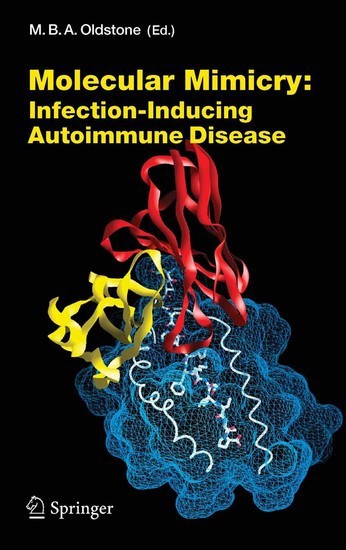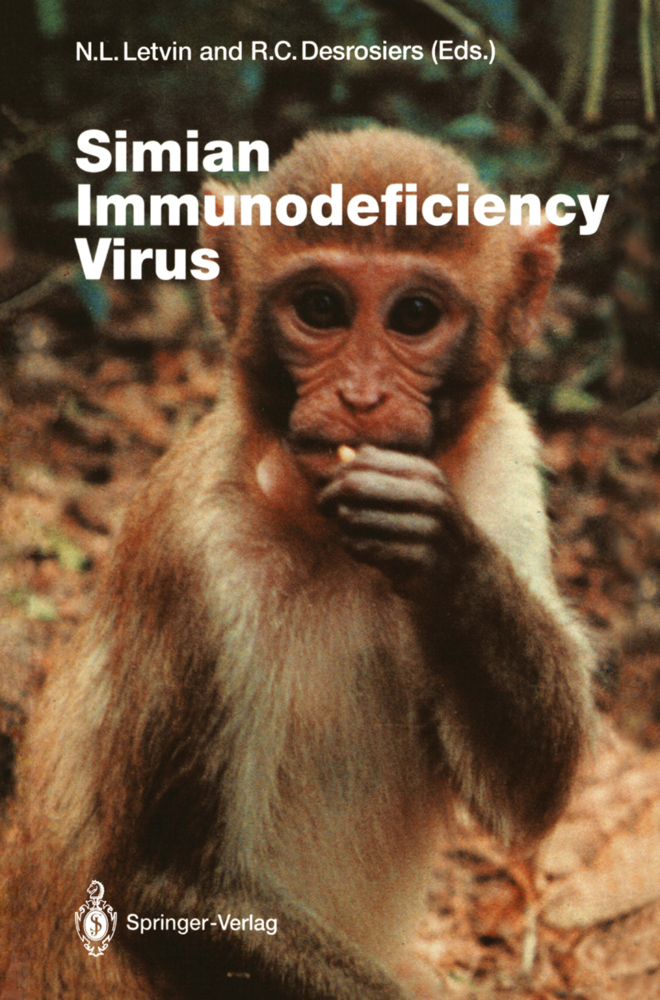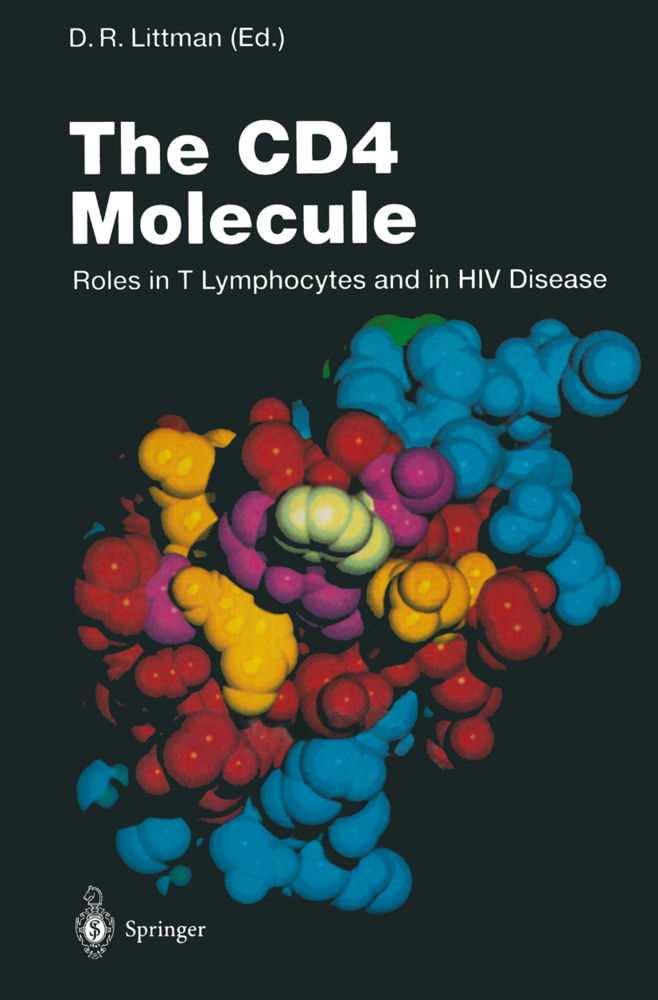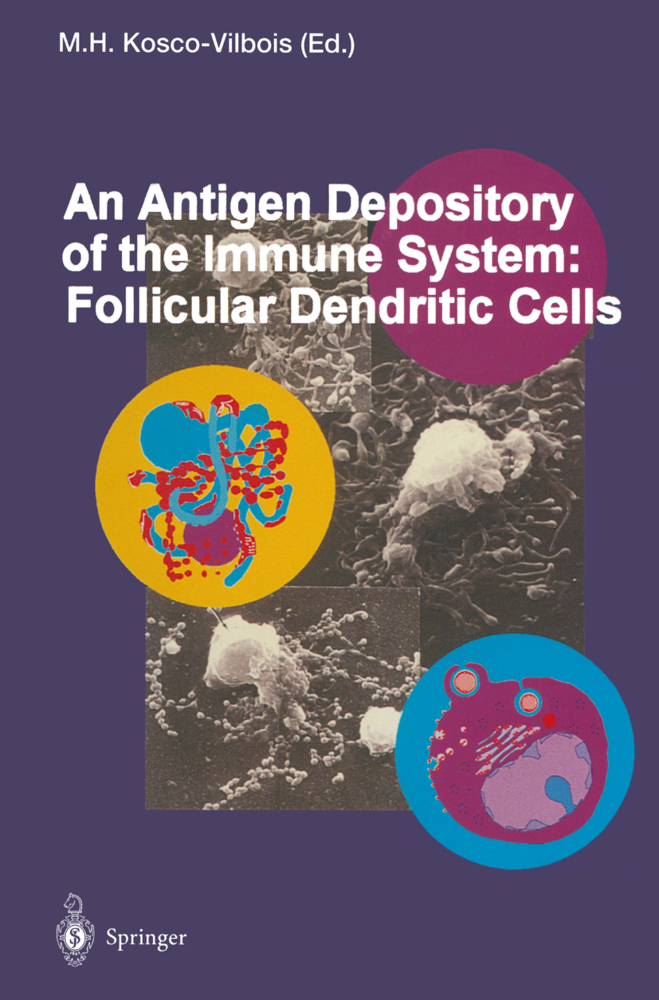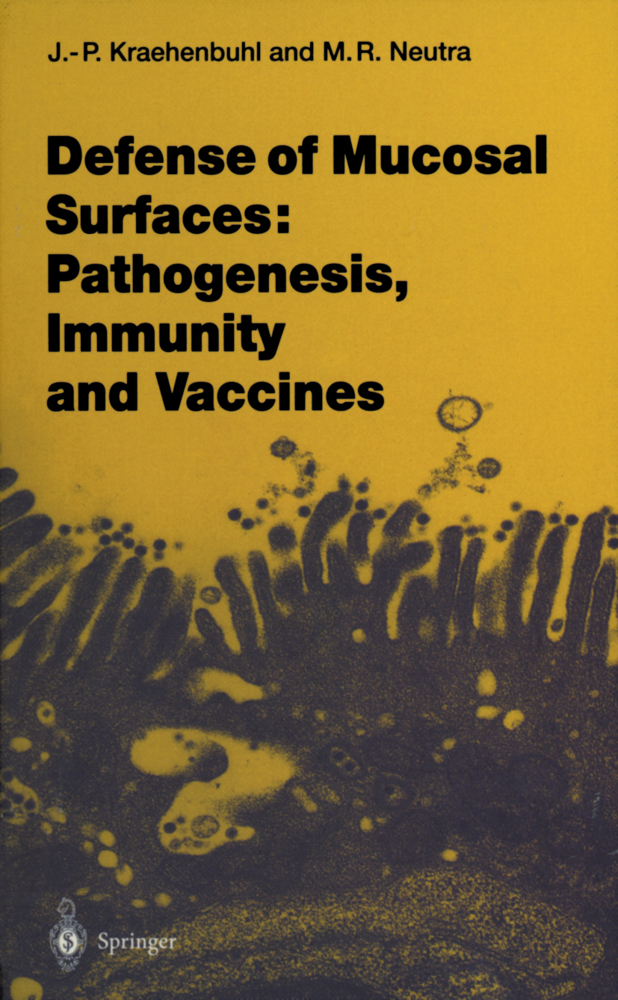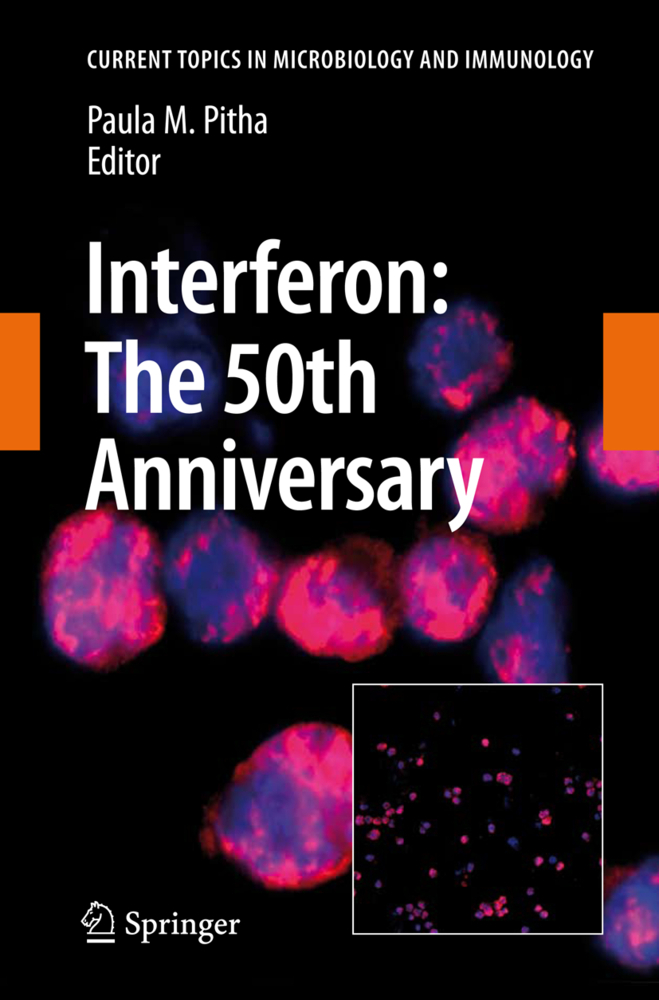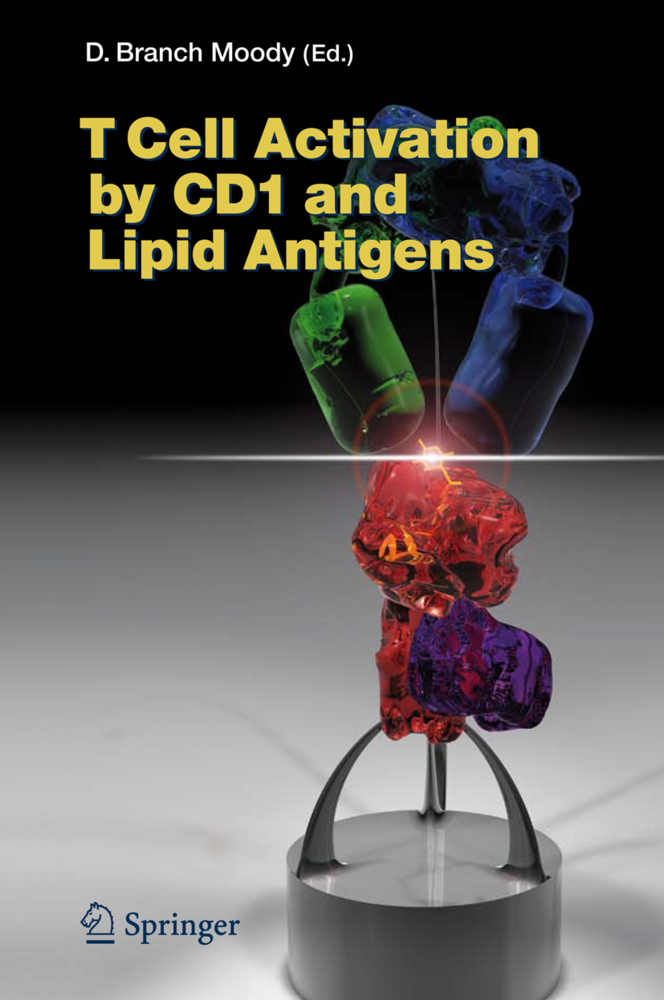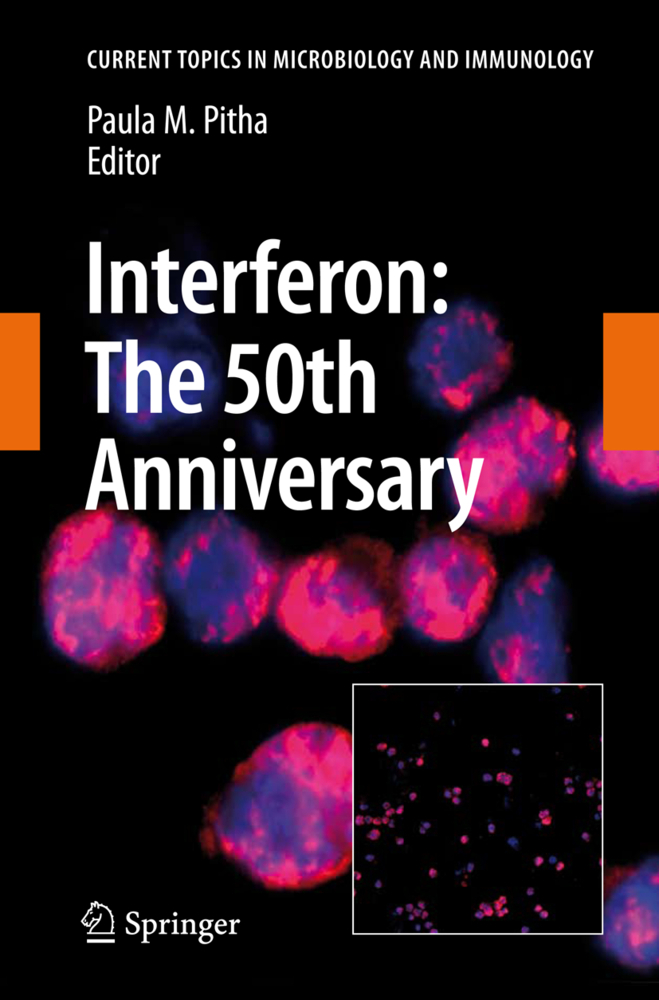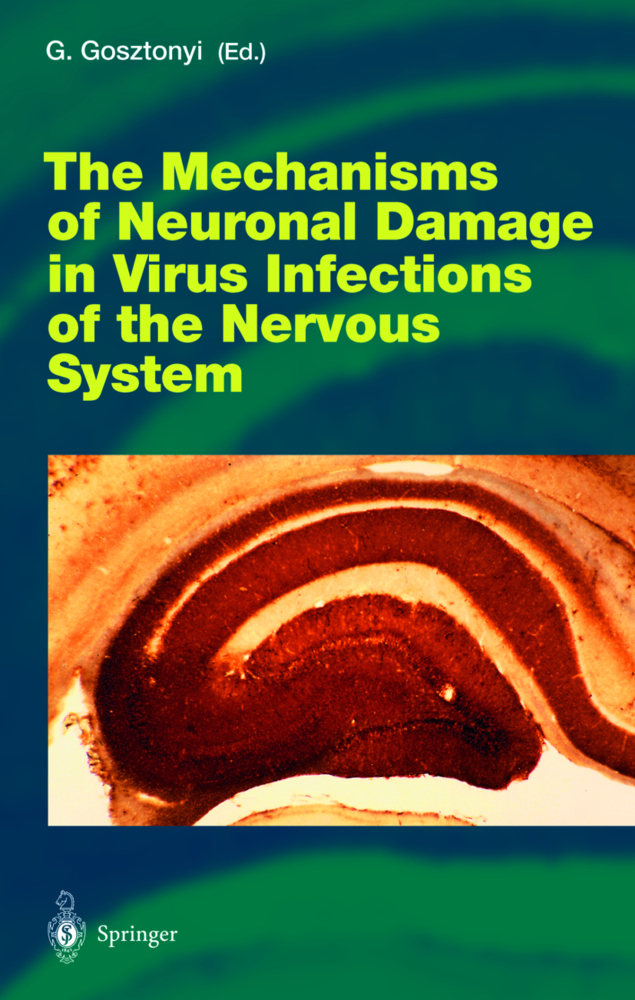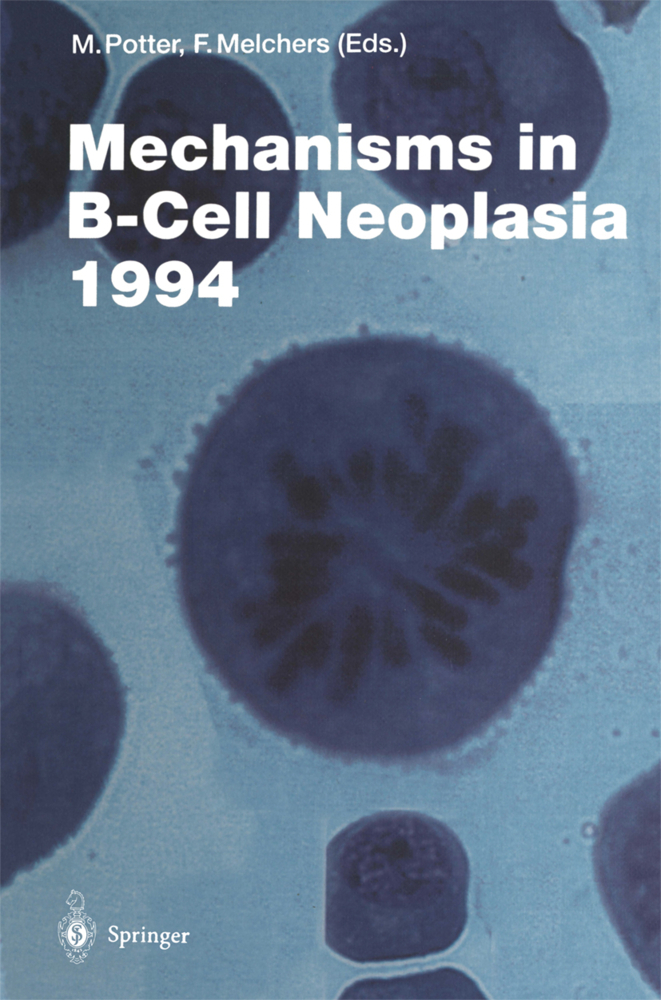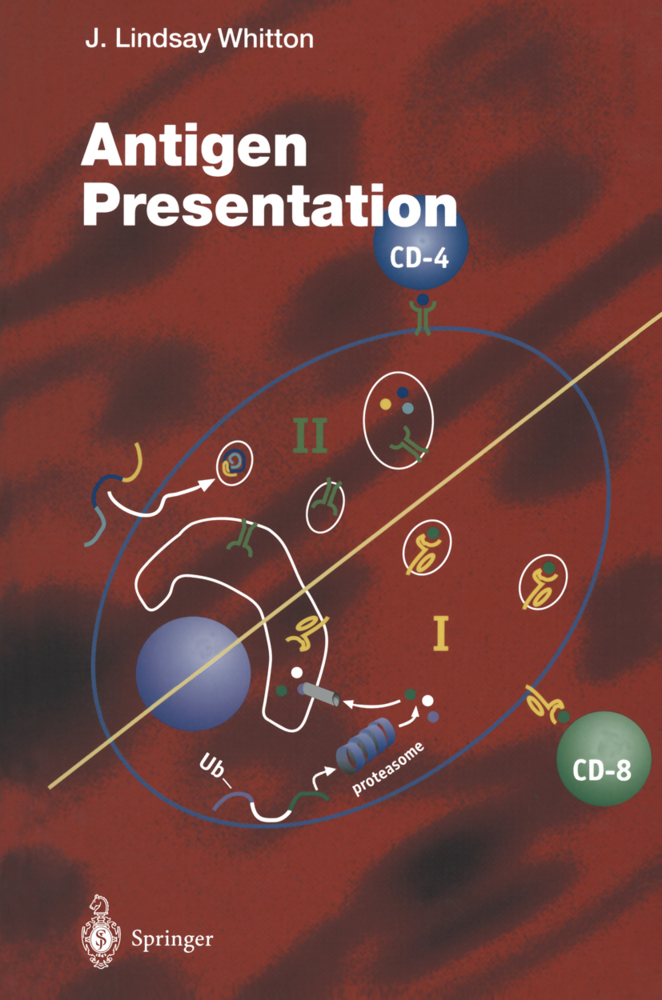Molecular Mimicry: Infection Inducing Autoimmune Disease
The conceptual basis for molecular mimicry was first defined in the early 1980s when monoclonal antibodies against viruses were also shown to react with non-viral host protein; in this case, measles virus phosphoprotein cross-reacted with host cell cytokeratin, herpes simplex virus type 1 with host-cell vimentin and vaccinia virus with host-cell intermediate filaments. Following this discovery, others emerged, again at the clonal level, that T cell clones against proteins from a variety of infectious agents also reacted with host antigenic determinants. The clonal distinction was imperative for the initial definition of mimicry. At least 30 years prior to our initial description of molecular mimicry involving cross-reactions between numerous microbes, on the polyclonal antibody level, streptococcus was believed to react with renal glomeruli, heart and basal ganglia to account for the glomerulonephritis, heart and valvular disease and chorea, respectively. However, subsequent research showed that the nephritis was caused by immune complex deposits and the tissue damage they produced. Later, in 1990, the cross-reactivity of streptococcal antigen with myocardial antigens on a clonal level was uncovered. Hence, for both historical reasons and mechanistic understanding, it is best to provide evidence for cross-reactivity at the clonal level to prove that molecular mimicry exists.
Suppression of Autoimmunity via Microbial Mimics of Altered Peptide Ligands
Molecular and Cellular Mechanisms, Pathogenesis and Treatment of Insulin-Dependent Diabetes Obtained Through Study of a Transgenic Model of Molecular Mimicry
Trypanosoma cruzi-Induced Molecular Mimicry and Chagas Disease
HTLV-1-Induced Molecular Mimicry in Neurologic Disease
Molecular Mimicry: Anti-DNA Antibodies Bind Microbial and Non-Nucleic Acid Self Antigens
The Structural Interactions Between T-Cell Receptors and MHC/Peptide Complexes Place Physical Limits on Self-Nonself Discrimination
Subject Index
Molecular Mimicry, Microbial Infection and Autoimmune Disease: Evolution of the Concept
A Virus-Induced Molecular Mimicry Model of Multiple SclerosisSuppression of Autoimmunity via Microbial Mimics of Altered Peptide Ligands
Molecular and Cellular Mechanisms, Pathogenesis and Treatment of Insulin-Dependent Diabetes Obtained Through Study of a Transgenic Model of Molecular Mimicry
Trypanosoma cruzi-Induced Molecular Mimicry and Chagas Disease
HTLV-1-Induced Molecular Mimicry in Neurologic Disease
Molecular Mimicry: Anti-DNA Antibodies Bind Microbial and Non-Nucleic Acid Self Antigens
The Structural Interactions Between T-Cell Receptors and MHC/Peptide Complexes Place Physical Limits on Self-Nonself Discrimination
Subject Index
Oldstone, Michael B. A.
| ISBN | 9783540307914 |
|---|---|
| Artikelnummer | 9783540307914 |
| Medientyp | E-Book - PDF |
| Copyrightjahr | 2006 |
| Verlag | Springer-Verlag |
| Umfang | 168 Seiten |
| Sprache | Englisch |
| Kopierschutz | Digitales Wasserzeichen |

